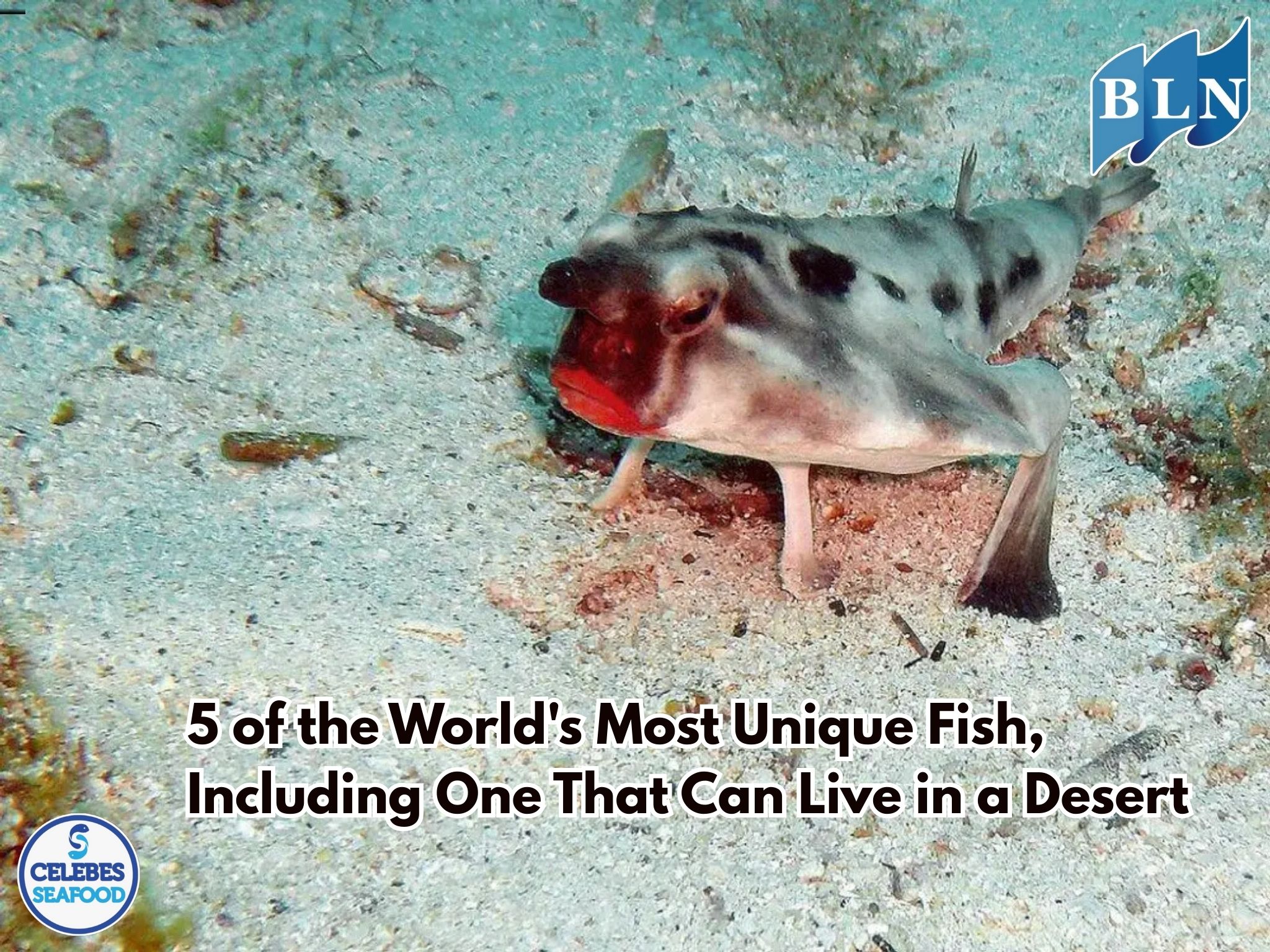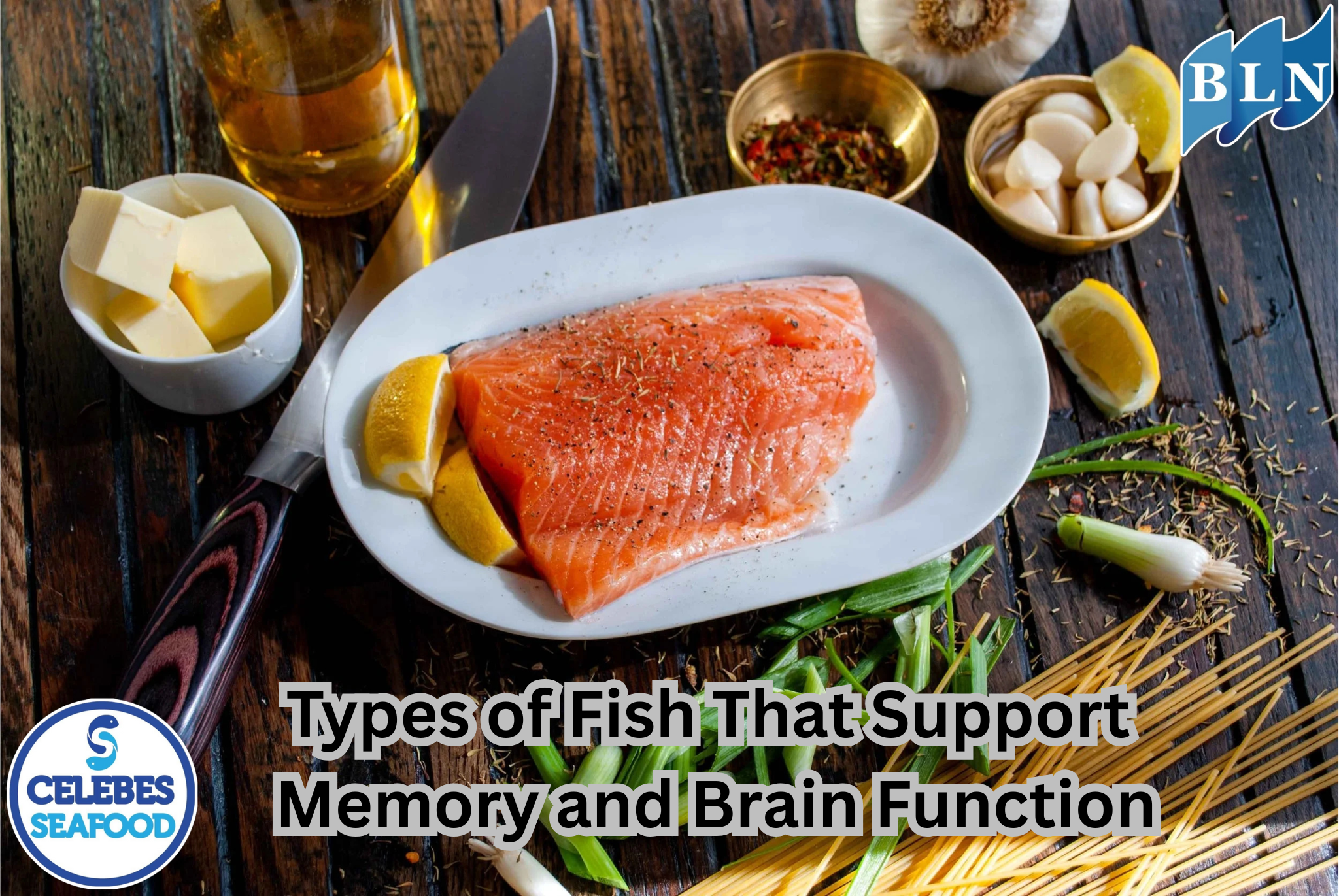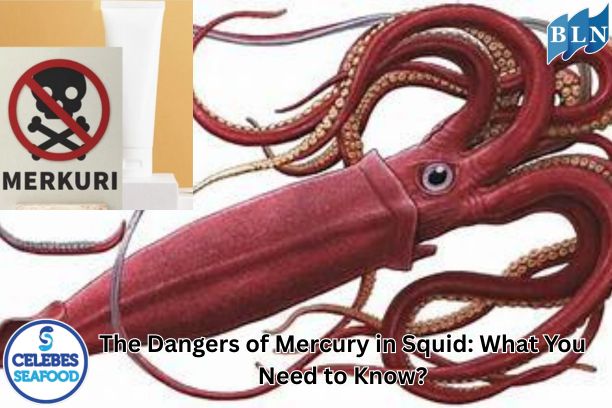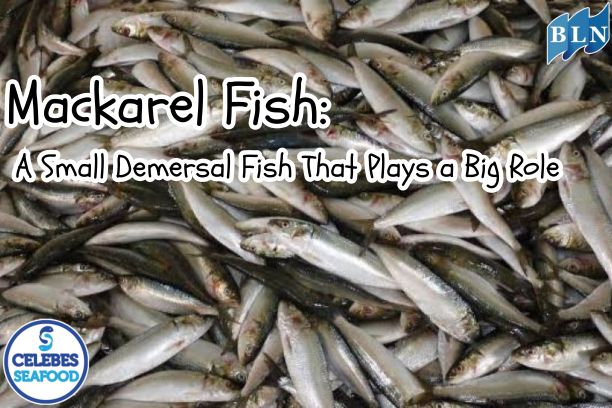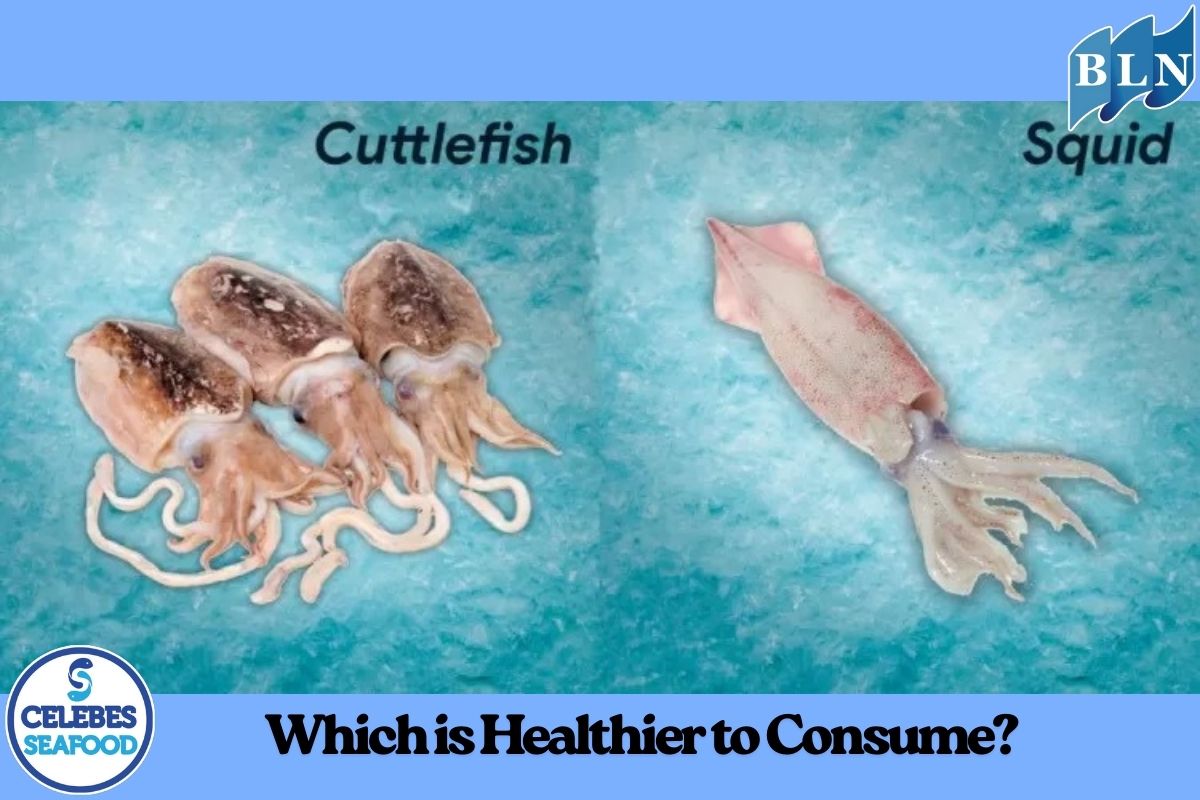The Hidden Functions Behind Grouper Tail Colors (Epinephelus spp.)
By. Tri - 22 Aug 2025.png)
lautnusantara.com_ Groupers (Epinephelus spp.) are among the most iconic inhabitants of coral reef ecosystems in tropical and subtropical waters. With their robust bodies, powerful jaws, and ambush hunting strategy, groupers are often referred to as the “kings of the reef,” occupying a vital role in the marine food web. They are also highly valued in global seafood markets, making them an important commodity in both fisheries and aquaculture.
Yet beyond their economic value and predatory strength, groupers harbor a fascinating biological secret—the hidden functions of their tail colors. These colors, ranging from dark mottled patterns to vibrant contrasts, are not merely ornamental. Instead, they serve crucial roles in survival, reproduction, and communication.
1. Camouflage within Coral Habitats
Groupers are well-known ambush predators, relying on stealth to capture prey. Their tails, along with their bodies, display colors and patterns that blend seamlessly with coral reefs, rocks, or sandy bottoms.
- Tiger Grouper (Epinephelus fuscoguttatus): dark-spotted tails that blend into reef crevices.
- Orange-spotted Grouper (Epinephelus coioides): tails with muted brownish markings that resemble muddy coastal environments.
This camouflage allows groupers to approach unsuspecting prey—such as smaller fish or crustaceans—before striking with lightning speed.
2. Subtle Warning Signals to Predators
Not all groupers rely solely on camouflage. Some species use contrasting tail colors as visual deterrents.
For example, the Leopard Coral Grouper (Plectropomus leopardus) has reddish tails adorned with small bright blue spots. Such patterns act as subtle warning signs, signaling strength and defensive capability. Predators, recognizing the grouper’s powerful bite and resilience, often think twice before attacking.
3. Attracting Mates during Reproduction
Tail coloration plays an important role in grouper reproduction. During spawning seasons, certain species exhibit enhanced color intensity, including on their tails. Bright or contrasting tails serve as visual cues for mate selection, where females tend to choose males with vivid, healthy-looking features.
In the underwater world, colors often represent fitness, health, and genetic quality. A vibrant tail is thus a biological advertisement for reproductive success.
4. Communication among Groupers
Tail colors can also function as a social communication tool within grouper populations. Shifts in tail coloration may signal:
- Territorial dominance → brighter or darker tails can assert control over reef areas.
- Readiness to spawn → males display intensified tail colors during breeding.
- Threat responses → sudden changes in tail contrast can warn rivals or intruders.
In this sense, tails act as part of a visual “language” that shapes grouper interactions.
5. Diverting Predator Attacks
Interestingly, some groupers feature tails that are more colorful than their heads or front bodies. This strategy diverts predator strikes toward the tail instead of vital organs near the head.
If a predator manages to bite the tail, the grouper has a better chance of escaping, as damaged fins can partially regenerate. This evolutionary strategy is known as deception coloration.
6. Species Identification in Coral Reefs
With many grouper species coexisting in coral ecosystems, tail coloration serves as an identification marker.
- Leopard Coral Grouper (Plectropomus leopardus) → reddish tail with distinctive blue dots.
- Tiger Grouper (Epinephelus fuscoguttatus) → spotted brown tail.
- Orange-spotted Grouper (Epinephelus coioides) → tail with muted orange or brown markings.
- Malabar Grouper (Epinephelus malabaricus) → tail with bold dark blotches.
Such tail differences not only help scientists distinguish species but also help the fish recognize one another in reef environments.
7. Indicators of Environmental Change
Tail coloration in groupers may also act as an indicator of environmental health. In polluted or stressful environments, grouper colors—including their tails—often fade. Conversely, healthy reef habitats support groupers with vibrant, well-defined patterns.
This makes tail coloration a potential bioindicator for monitoring reef ecosystem health.
The colors of grouper tails (Epinephelus spp.) are far more than decorative traits—they are multifunctional adaptations shaped by evolution. From camouflage and predator deterrence to reproduction, communication, and species identity, grouper tails highlight the complexity of survival strategies in marine ecosystems.
By understanding the hidden functions of tail coloration, we not only gain insight into grouper biology but also deepen our appreciation of the intricate and intelligent adaptations of coral reef life.
If you are interested in our OCTOPUS WHOLE CLEANED BALL TYPE, OCTOPUS WHOLE CLEANED FLOWER TYPE please do not hesitate to contact us through email and/or whatsapp.

